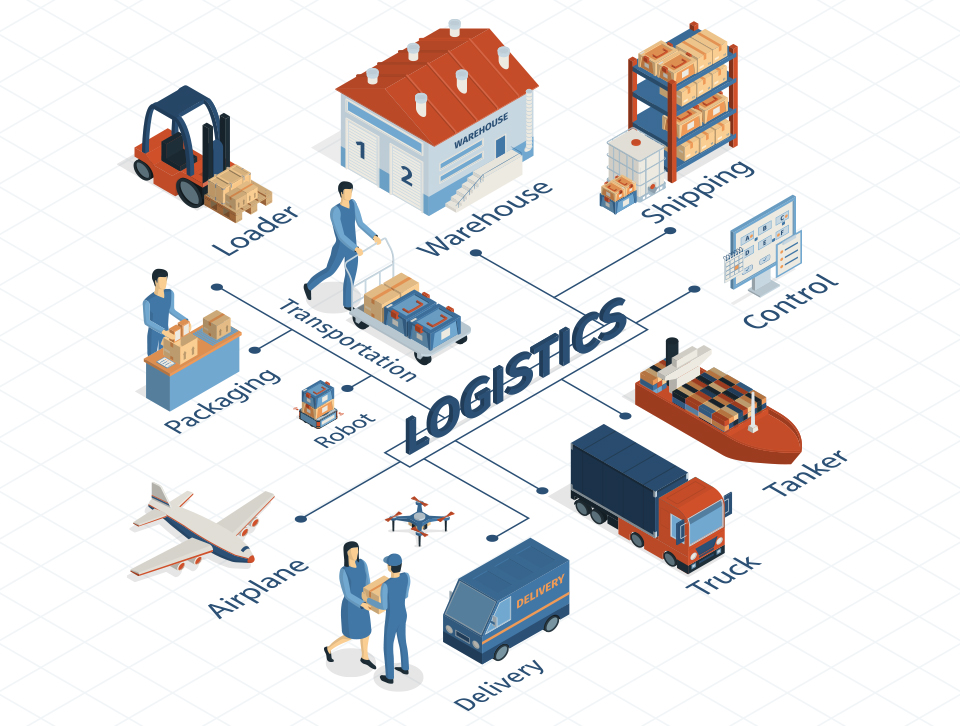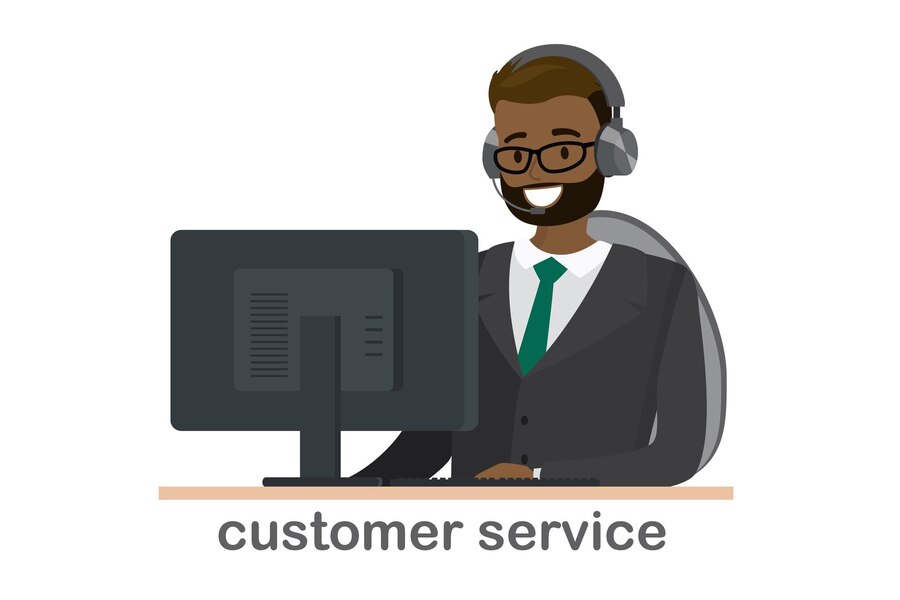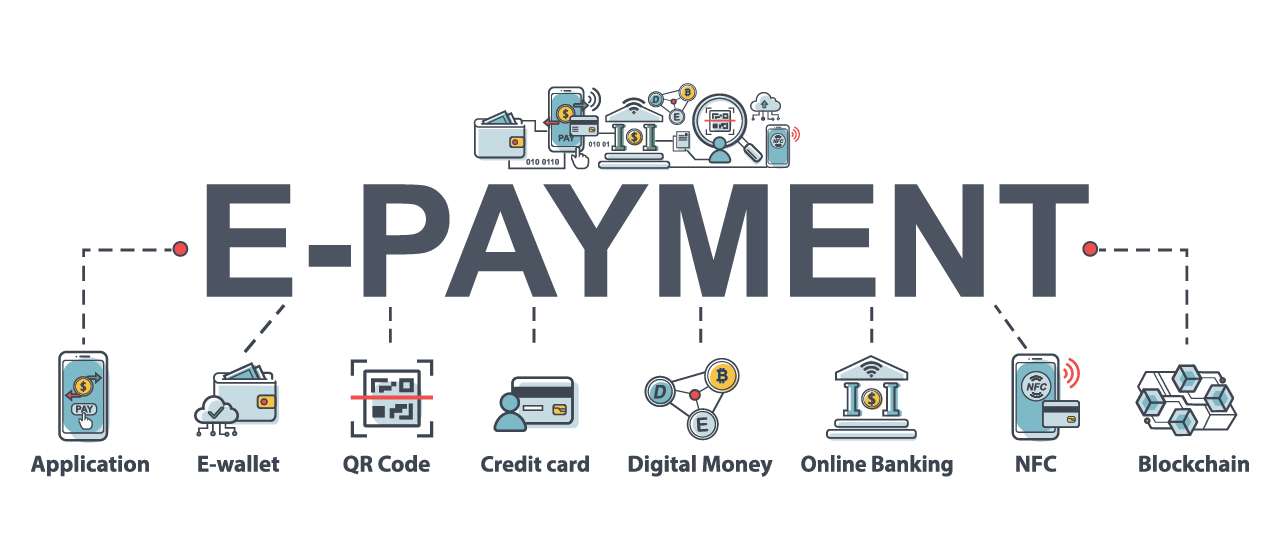
Understanding e-Commerce Logistics
E-commerce logistics is the behind-the-scenes work that ensures the smooth operation of online shopping. It's made up of different components that ensure your orders are well-managed from start to finish.
1. Inventory Management
This involves keeping track of your stock. Effective inventory management means knowing when to restock products and avoiding overstocking or having too little on hand.
2. Storage/Warehousing
Imagine this as the storage room for your online store. Products are here until they're ready to be sent to customers. It's important to have efficient storage that's close to your customers.
3. Order Fulfillment
This is the process of preparing orders for shipments. It involves finding the right products, packing them securely, and getting them ready for shipping.
For businesses, collaborating with e-commerce logistics involves a few important steps:
How to Work with Logistics
1. Find a Logistics Partner/Courier Company
• Look for a company that can deliver your products effectively and aligns with your budget.
• Ensure they can handle the types of products you sell and deliver to your customers’ locations.
2. Focus on Fast Shipping and the Last Mile
• Speedy shipping is important in e-commerce. Make sure your logistics partner can get products to customers quickly.
• The "last mile" is super crucial—it's the final part of delivery right to the customer's door.
3. Quality and Order Accuracy Matter
• Ensure products are top-notch and orders are accurate to avoid customer complaints.
• Thoroughly check products before shipping and pack them correctly.
4. Sync Your Inventory
• Using software or tools like Excel to keep track of your stock across all your selling platforms, including your website and other platforms.
• This helps avoid selling out of products you don’t have.
5. Connect Your Warehouses
• If you have multiple storage locations, ensure they are connected to each other.
• Utilize modern technology to move products efficiently and choose the closest storage for each order.
For a smooth e-commerce experience, each part of the process—technology, logistics, and payment—needs to work together seamlessly. Keeping an eye on industry changes and understanding customers' preferences helps businesses stay ahead.
Comments (0)
Categories
Recent posts


Understanding E-Payment
11 Jan 2024
Understanding e-Commerce Logistics
11 Jan 2024
E-commerce and it's benefits
10 Jan 2024
Advantages of E-Commerce Over ...
10 Jan 2024Our Supported Partners
# Empowering Collaborative & Excellence









